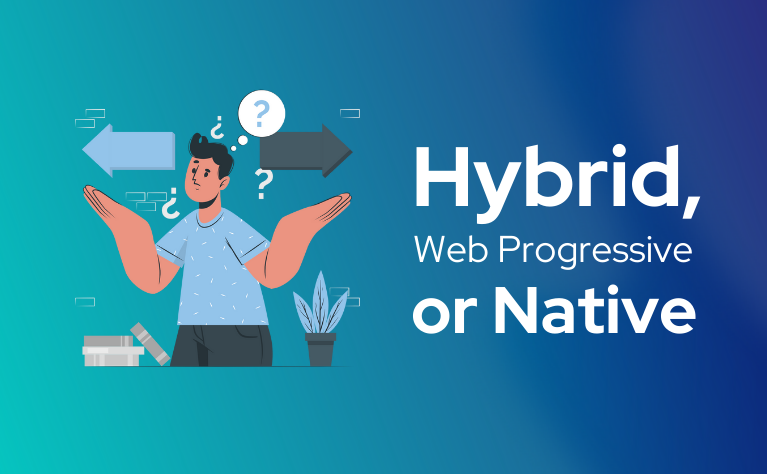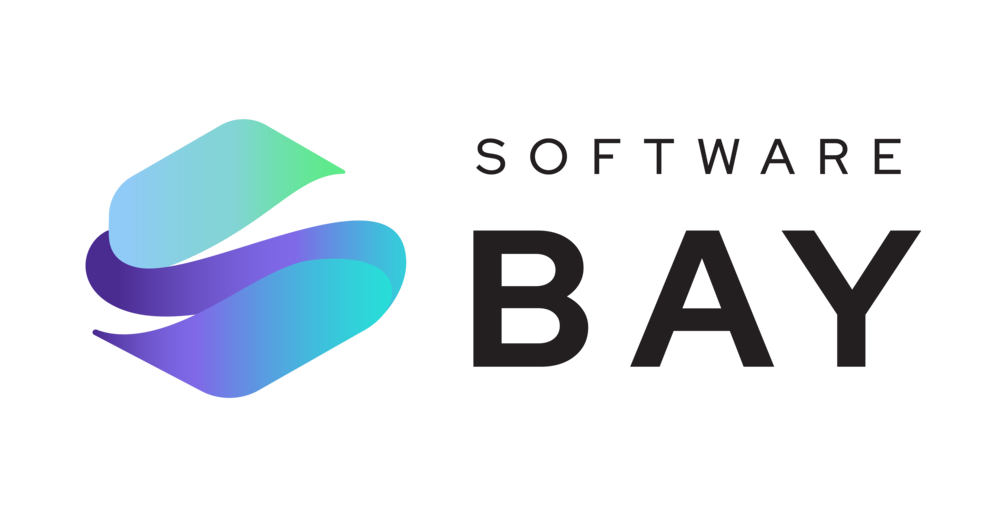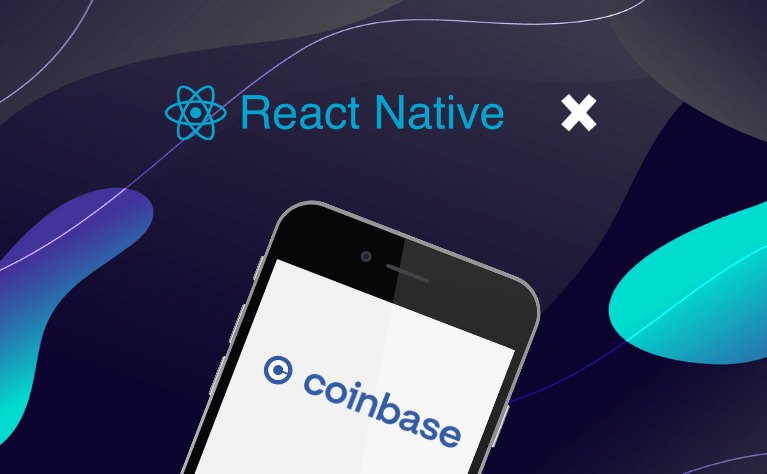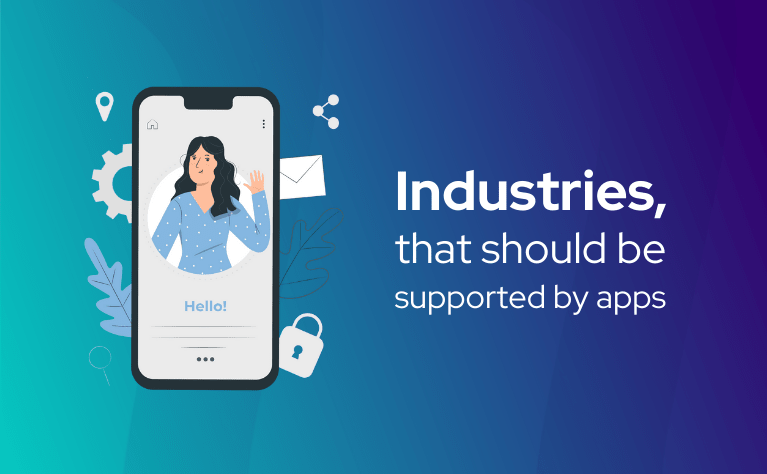There are already almost 5 million mobile applications in the world, and due to the increasing of their number, our awareness of both their creation and use is also growing. Still, the same question is asked: what type of application should we create, to make it effective and willingly used by users?

Unfortunately, we are unable to answer this question unambiguously. However, we can give you some tips, on what to look for when making the decision to choose the best solution.
The dispute on the native , hybrid and progressive web app lines, has been going on for several years, and it seems, that it will not be resolved for a long time. All of them have their advantages and disadvantages, which, however, depend in detail on the specificity of the product you want to make and to whom you are targeting it. But let's start from the beginning.
Types of applications
Often when we say "applications" , we mean especially the mobile ones. Let us not forget, that there are also those online or supported by "smartwatches", but in this article we will focus only on mobile and web applications . Among them, we will find well-known shopping, fintech, educational and entertainment applications . If your business belongs to one of the above industries, having an application has recently become a totally “must-have” in them. You can read more about the industries, that should be supported by applications in our, dedicated to this topic, article.
How are apps made?
Although apparently similar, the applications developed for iOS and Android , are actually two different creations. They can be written completely separately, by 2 different teams, or simultaneously - using React Native . We wrote about in our previous article, by the occasion of transformation to react Coinbase . When comparing web and mobile applications , the situation is much more commonly known - these two are also usually created on completely separate principles.
However, in case of web applications , the other questions arise: what is exactly the difference between web application and website? There are many opinions, but the most common one is that the website is only informative, while the application is more interactive and has additional functionalities. Depending on where we want to distribute our application and what functions it should have, we must choose the appropriate way to create it.
What are the characteristics of each type of applications?
Native applications
Native apps are those, created for the exact requirements of the system or platform on which they will be used. What does it mean? If we want to build the same application , but for both iOS and Android users, we have to prepare it in two separate languages and technologies , and thus - in two independent teams. The need to hire a double number of developers, also means higher costs, but native applications also have many advantages. Among them are:- ease of use a system-specific device functions,
- the ability to perfectly fine-tune UX and UI,
- fast responsiveness and reliability.
Unfortunately, in the case of native apps , we have to consider the aforementioned higher costs. This type of development generates more than one code base, if we decide to create an application for more than one system.
However, there is a way to reduce the number of people involved in creating process - React Native . This technology uses bridges to communicate with the native system to translate JavaScript into its native components. In June 2021, we learned about its latest update, React 18 . You can read about its new functions here.
Hybrid applications
This type of application , is downloaded in the same way as the native applications , mentioned above. So, what's the difference?
Hybrid apps are a combination of native and web applications . The base of the hybrid application is created by using web technologies such as JavaScript, CSS or HTML. Then the application is wrapped in the native application framework . To use such an application , you should download it from a native store, such as the Apple App Store or Google Play.
To put it simply, hybrids are applications created based on web applications . Well-written and implemented hybrid app , shouldn’t differ significantly from the native application . Among the advantages, the speed of its development can be distinguished - once written code, allows you to use the application on 2 platforms. Making hybrid apps consists of creating backend codes based on the native, iOS or Android , shell. Then the whole application is uploaded to Apple App Store or Google Play.
Where’s the catch? Hybrid applications are much less responsive, than native solutions . With complex products , which we want to propose more and more often to break through the market, they often fail because of the multi-stage connections. They are much better for simple, often only informative forms of products.
Web progressive applications
PWA (short for web progressive apps ), can be defined as a specific type of web pages , displayed on mobile devices, which behave similarly to native applications . They also allow you to create a shortcut icon on devices and, to some extent, can run offline. However, an important difference, is that to view this type of application , it is necessary to have a web browser on the device. The main advantages of this type of solution are the ease of sending it (by using links), its speed of operation after the initial loading, as well as responsiveness and similarity to native and hybrid applications , and finally - low cost of its creation. However, you have to consider the fact, that this type of application will not be able to be placed in the most popular application download sites such as Google Play or the Apple App Store.
But there is one another thing. In the examples of application’s models development , mentioned above, the app must go through the review - by App Store (Apple) or Google Play (Android). In case of PWA updates, it doesn't have to be checked, so Apple loses control of the content of the apps offered to its users and it is becoming less and less sympathetic to such solutions.
So, what should you pay attention to, when choosing the type of application?
- Target - the level of knowledge of technology and information about most often use devices by our recipients.
- Business model - it will determine the form, in which the application will be the most convenient for use, with all the necessary functionalities.
- Development prospects - it should be considered, whether the application will be developed over time with new functions or systems.
- Budget - one of the factors, that will determine how many developers you can afford.
- Time of implementation - it determines the type of technology chosen, the number of people involved, as well as how many platforms the application will be prepared for.
- Objective - determine the main function of the application, such as informational or e-commerce.
- Quality of experience - based on the goals and functionalities, it is also necessary to determine their requirements to be comfortable to use.
- Maintenance - who will be responsible for maintaining the application and making minor adjustments.
Wondering what resources you need to create an application for your company? Contact us, and we will present you the possibilities of comprehensive creation of a product or one of our proposals - team as a service.
Looking for React or React Native talents?
Need help? Our team will help you straight away.


